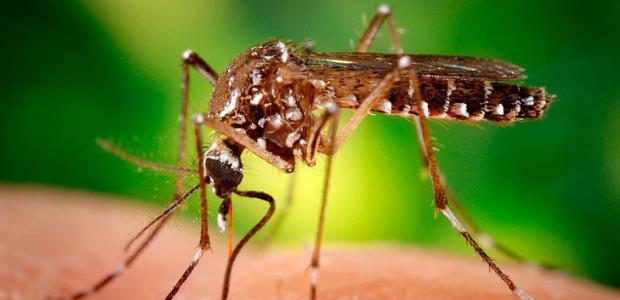
"The American College of Physicians urges physicians to help combat climate change by advocating for effective climate change adaptation and mitigation policies, helping to advance a low-carbon health care sector, and by educating communities about potential health dangers posed by climate change," said ACP President Dr. Wayne J. Riley

"The well control rule is a vital part of our extensive reform agenda to strengthen, update, and modernize our offshore energy program using lessons learned from Deepwater Horizon," Secretary of the Interior Sally Jewell said.

When put into hard numbers, the financial benefits of a project that optimally combines solar and efficiency can seem too good to be true.
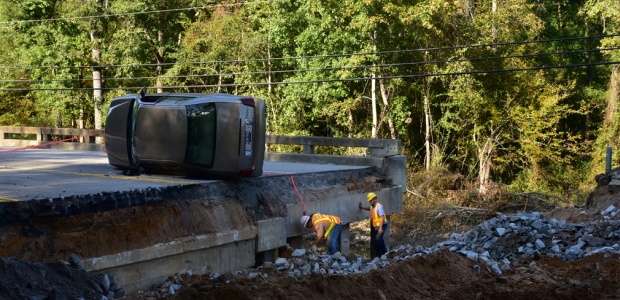
Most at risk are outdoor workers, including agricultural workers, commercial fishermen, construction workers, transportation workers, and first responders, but workers in hot indoor environments such as warehouses and factories are also at risk of heat illnesses.
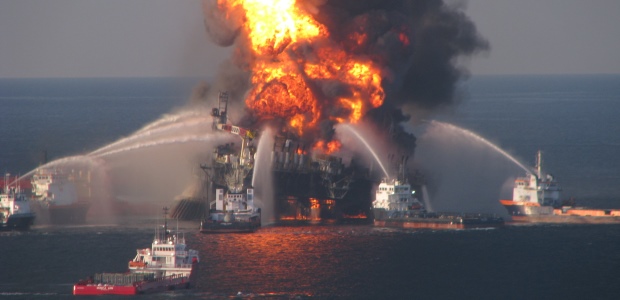
U.S. District Judge Carl Barbier's April 4 order confirms the company's $18.7 billion settlement of federal and state claims announced last July.
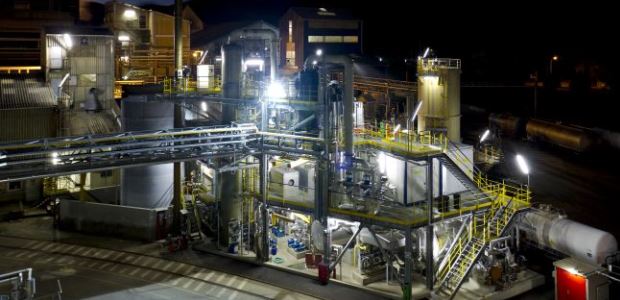
For this manufacturer of organic chemicals operating many smaller processes, a single centralized thermal oxidizer system was the most cost-effective path to expand production while meeting new emission controls requirements.
This article originally appeared in the April 2016 issue of Environmental Protection.

Most Internet users think of a website as existing strictly in the virtual world, however, every website requires a hosting computer, and that host computer both uses electricity and produces a lot of heat that must be dissipated.

The challenge is also backed by ACEA, the European Automobile Manufacturers Association, with hopes to accelerate the development of convoy-driving corridors in Europe and pave the way for EU legislative changes.

Stakeholders' concerns range from asbestos and lead-based paint typically found in older and/or legacy data centers to fire-resistant clothing, contractor and construction management, elevated work such as portable and fixed ladders, and rooftop maintenance.
This article originally appeared in the April 2016 issue of Environmental Protection.

A 2016 research paper in the Journal Nature predicts a 40 percent shortfall of available water across the globe by 2030 with effects not just for drinking, food production, hygiene and public health, but also for 98 percent of global electric power generation.

Well-documented results attest to the power of composted nutrient-rich biosolids and organics when properly applied as a soil amendment to conserve water in many ways.
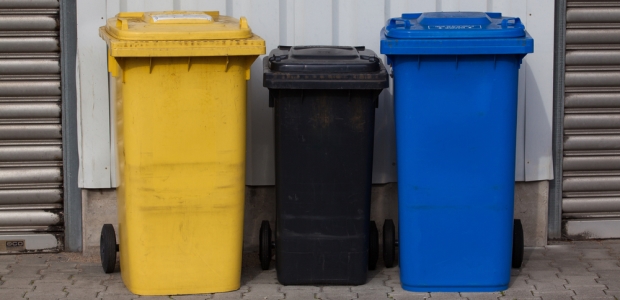
The 2015 Solid Waste Rule is more stringent than the earlier versions of the Rule, and EPA is requiring authorized states to modify their programs in order to comply with the 2015 Sold Waste Rule.
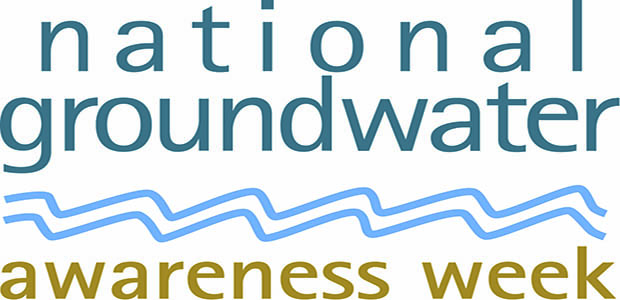
In recognition of Groundwater Awareness Week, the NGWA hopes that more people will take the time to realize just how vital groundwater is to us. Simply put, life as we know it would not be possible without groundwater.

"The plan underscores the importance of implementing the projects in the state water plan. Without those projects in place, Texas will face an 8.9 million acre-foot shortage of water in 2070 in a drought and economic losses of approximately $151 billion by 2070," said Peter Lake, a member of the Texas Water Development Board.

DoE said SuperTruck II projects will research, develop, and demonstrate technologies to improve heavy-truck freight efficiency by more than 100 percent when compared with a manufacturer's best-in-class 2009 truck, with an emphasis on technology cost-effectiveness and performance.
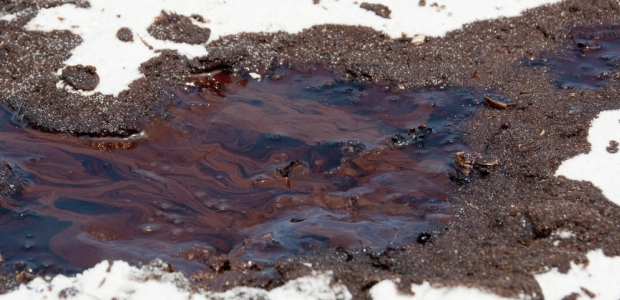
With an approved Initial Funded Priorities List that invests $183 million in restoration projects, the Gulf Coast Ecosystem Restoration Council will now develop the next iteration of the Comprehensive Plan and begin to prioritize projects to receive funding from BP settlement funds.

Middle Harbor eventually will have the capacity to handle 3.3 million twenty-foot equivalent units annually. "LBCT is committed to ushering in this new era the right way," said President Anthony Otto. "This includes our investment in all zero-emissions cargo handling equipment and comprehensive training."
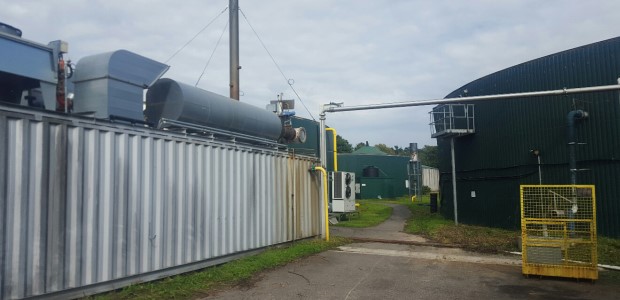
After purchasing biomethane refineries in 2015, WELTEC BIOPOWER recently acquired a biogas plant in Germany, with plans of comprehensive restructuring to make plant operation sustainable.
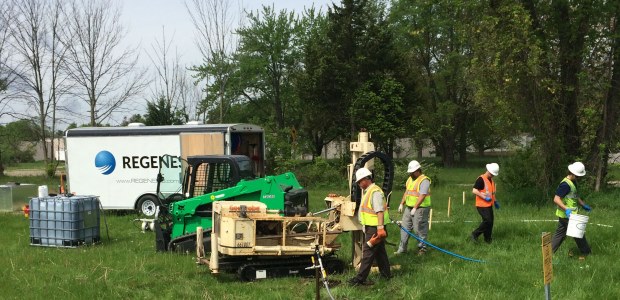
In today's highly industrialized societies, rushing waters aren't always a welcome sight, particularly when viewed from the perspective of remediation professionals who work to eliminate or mitigate the levels of hazardous materials from both private and public soil and groundwater.

The new SmartMarket report shows global green building continues to double every three years.